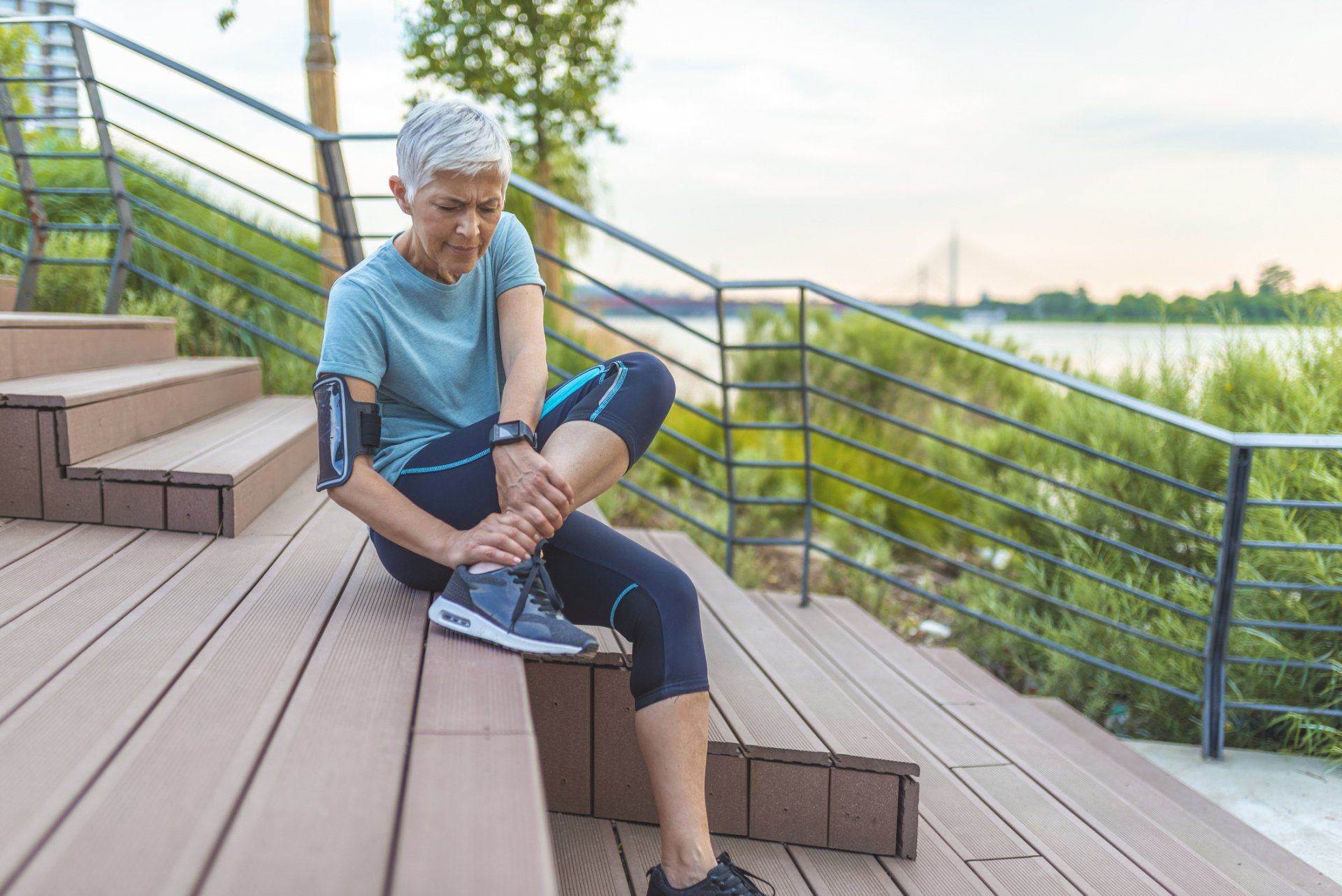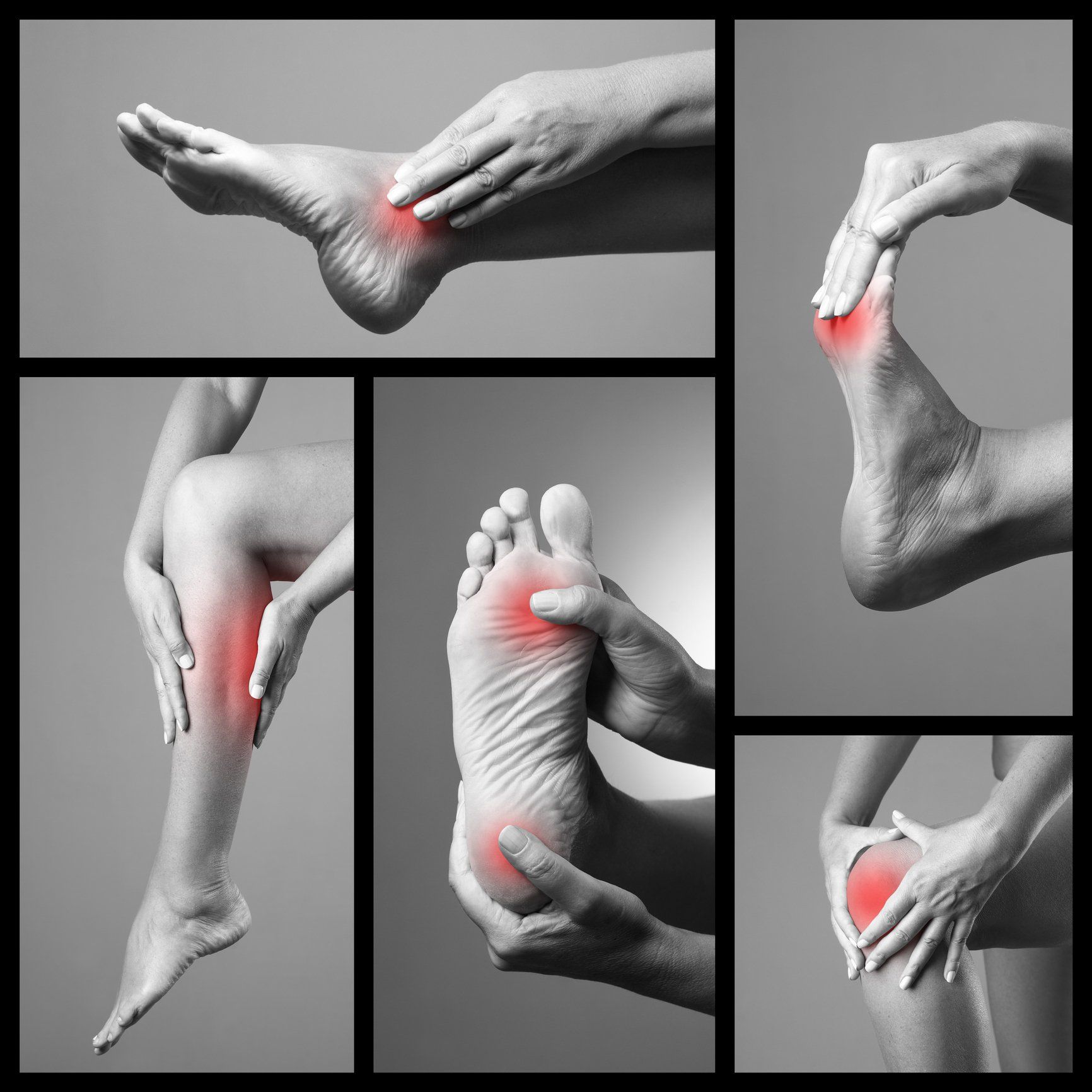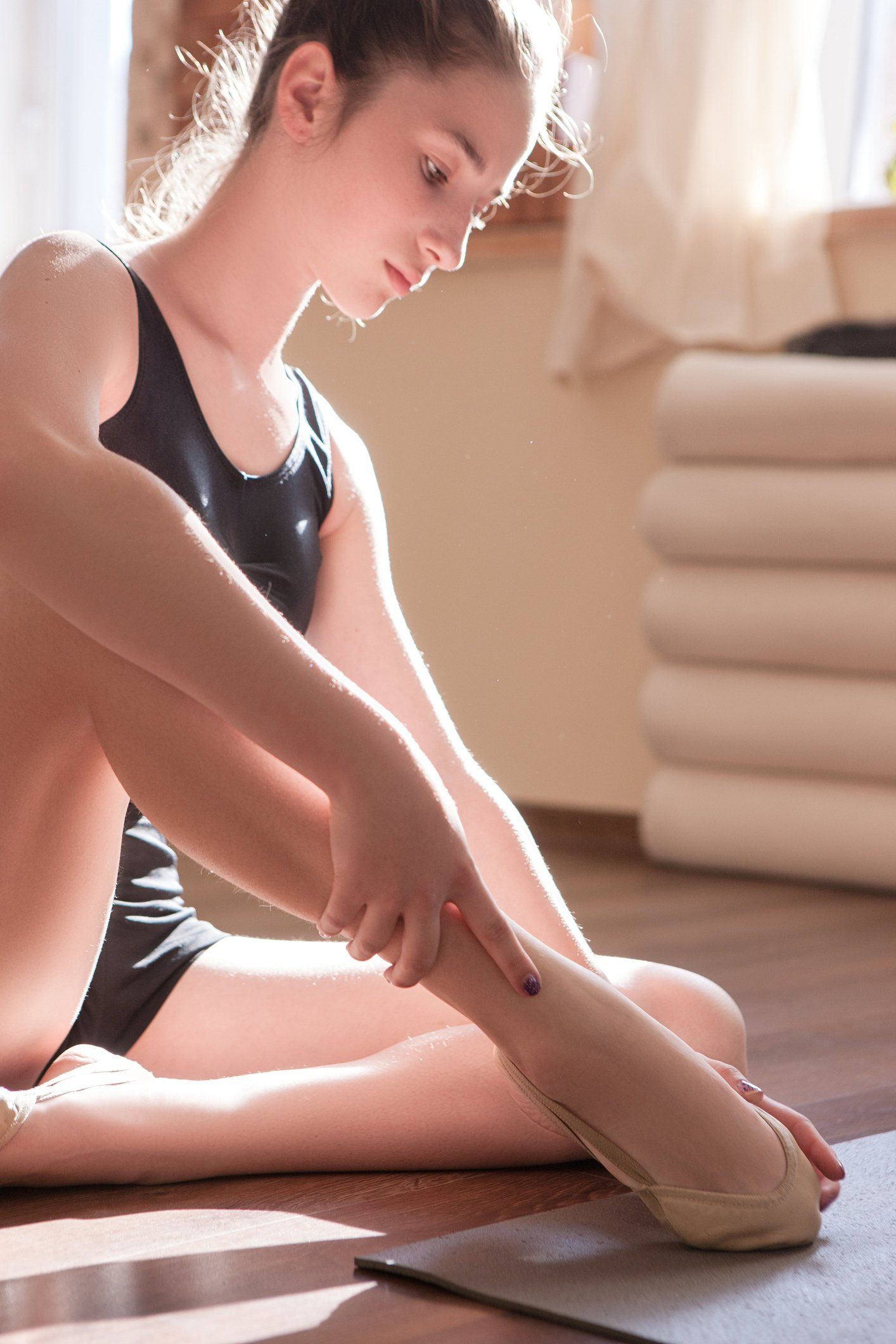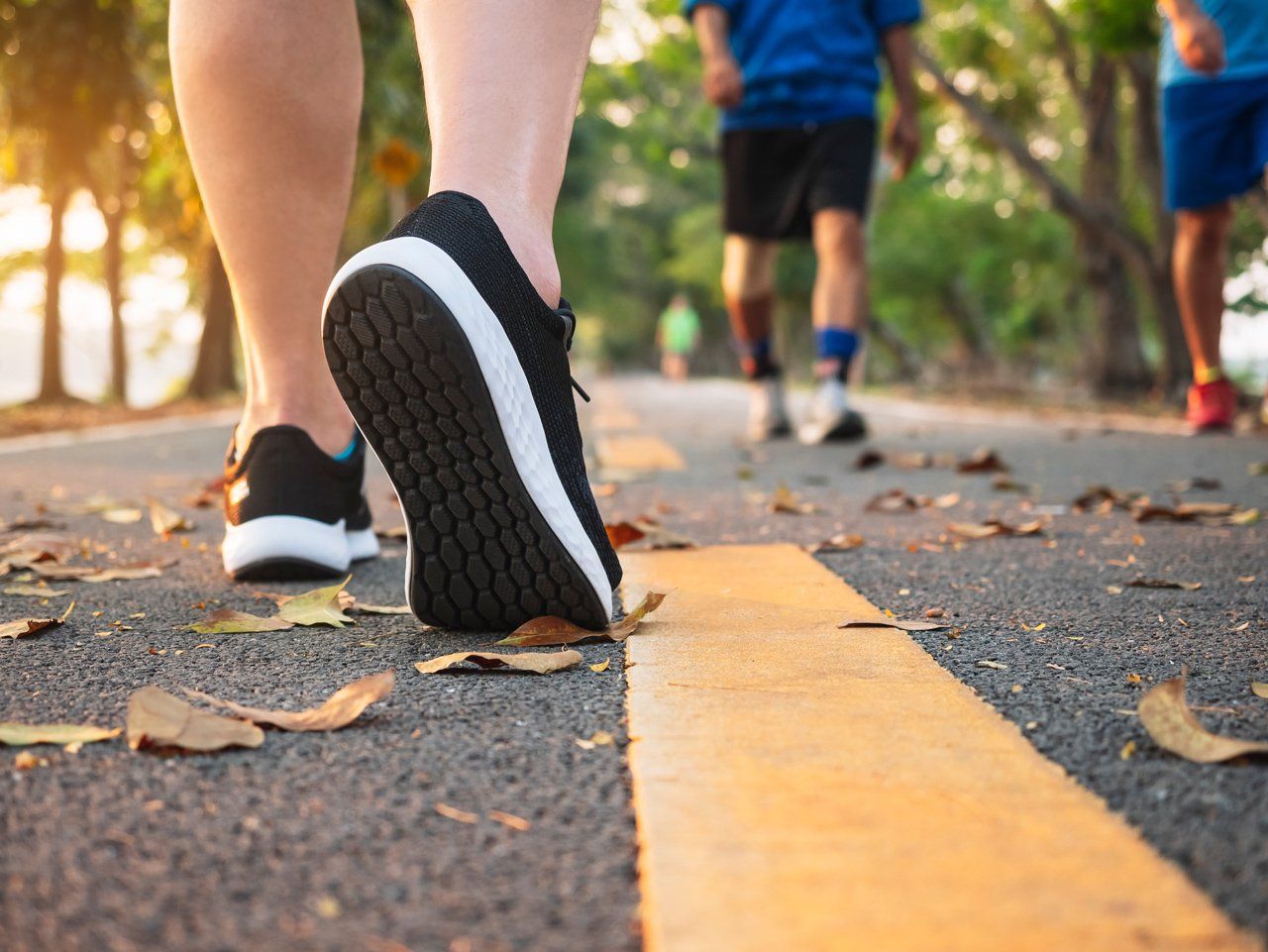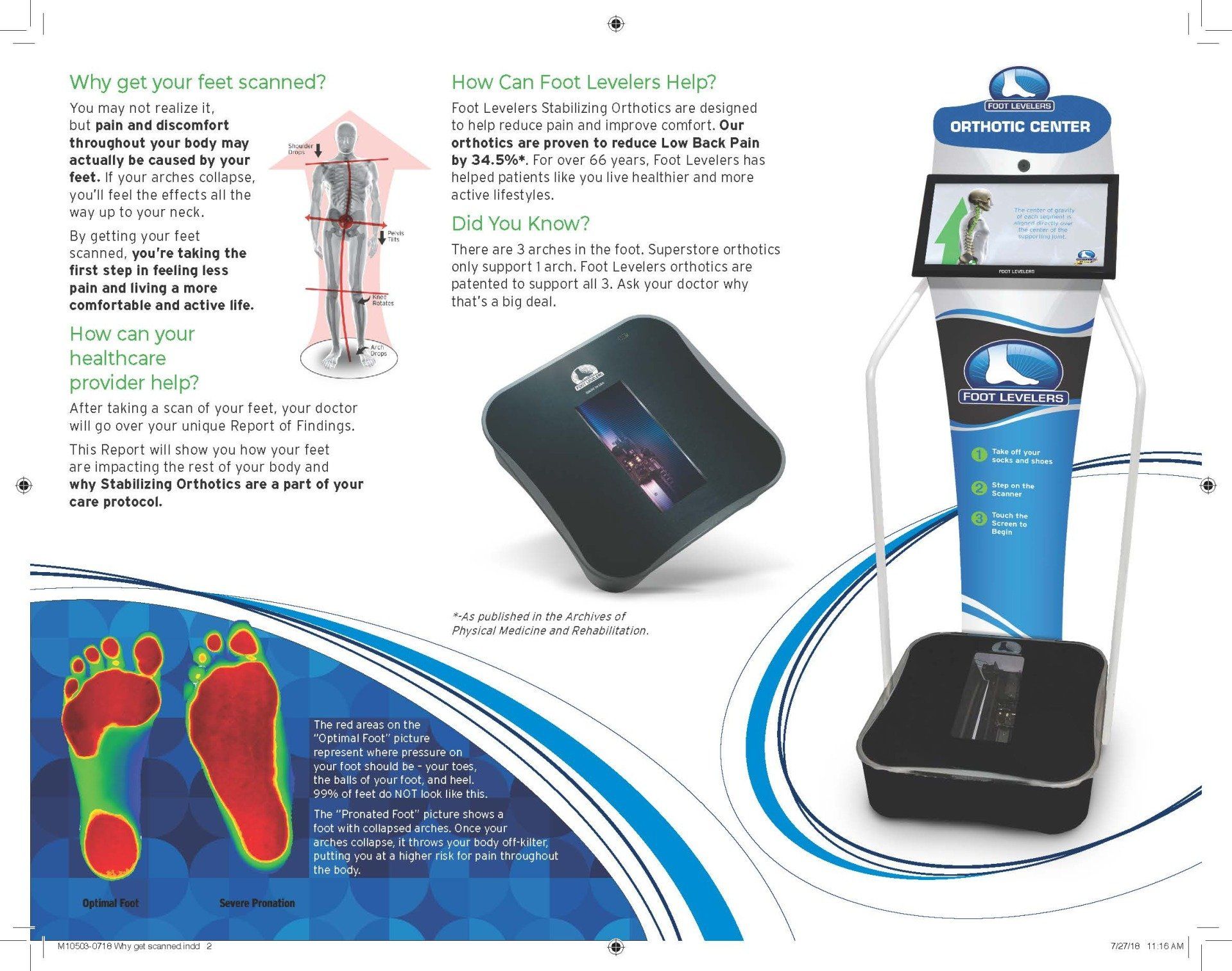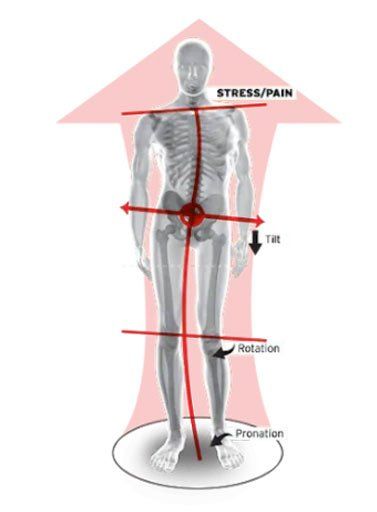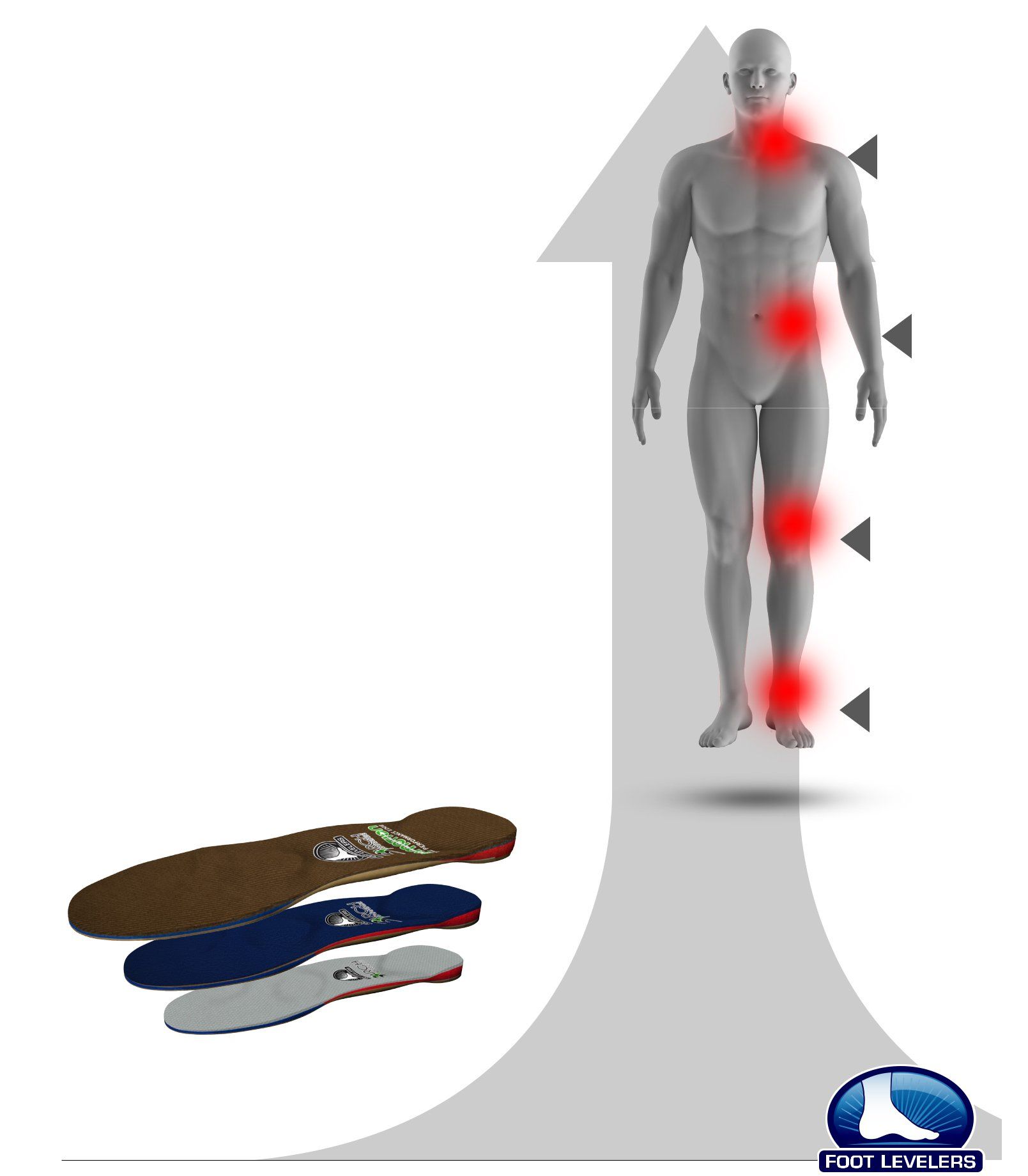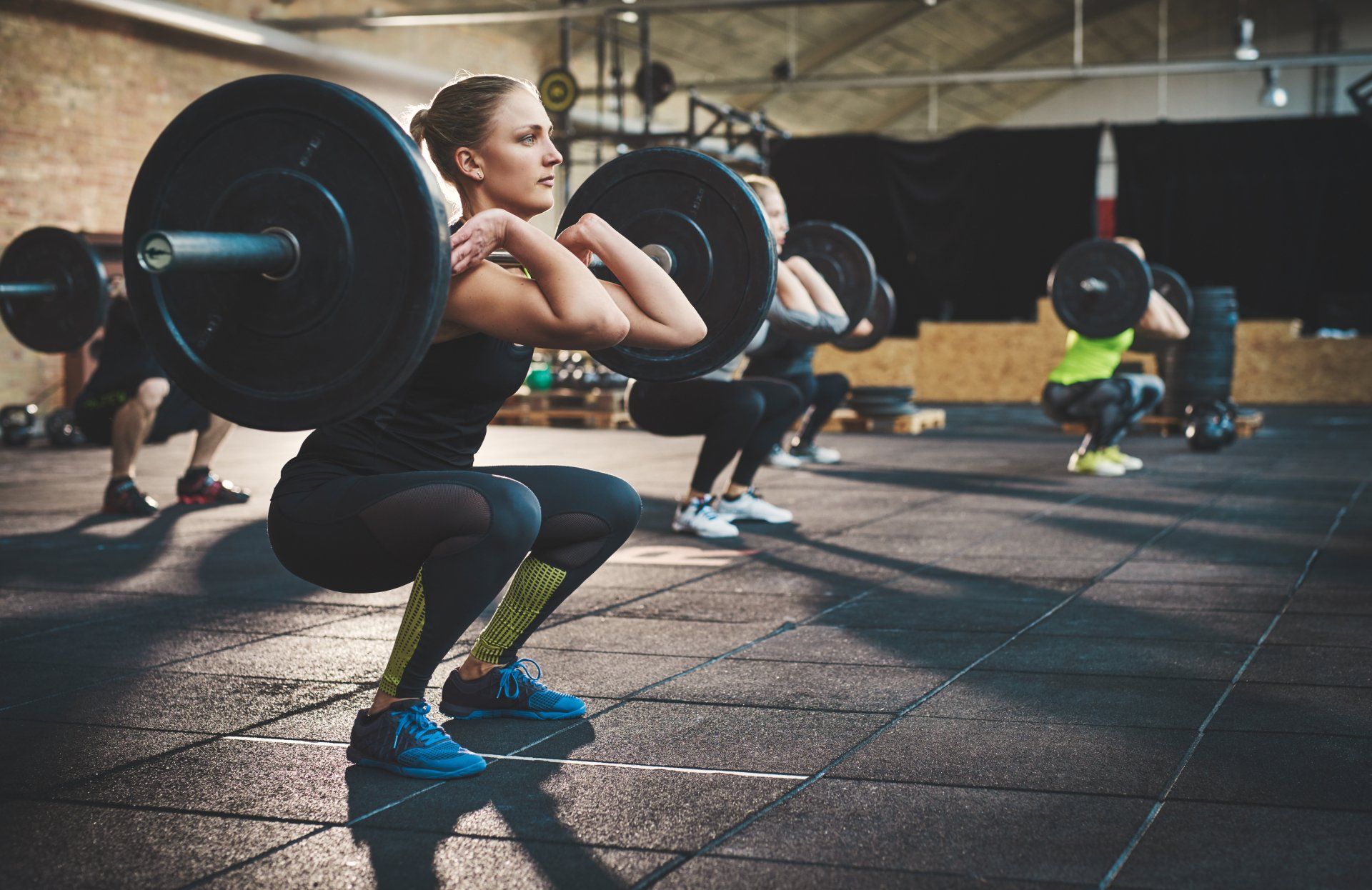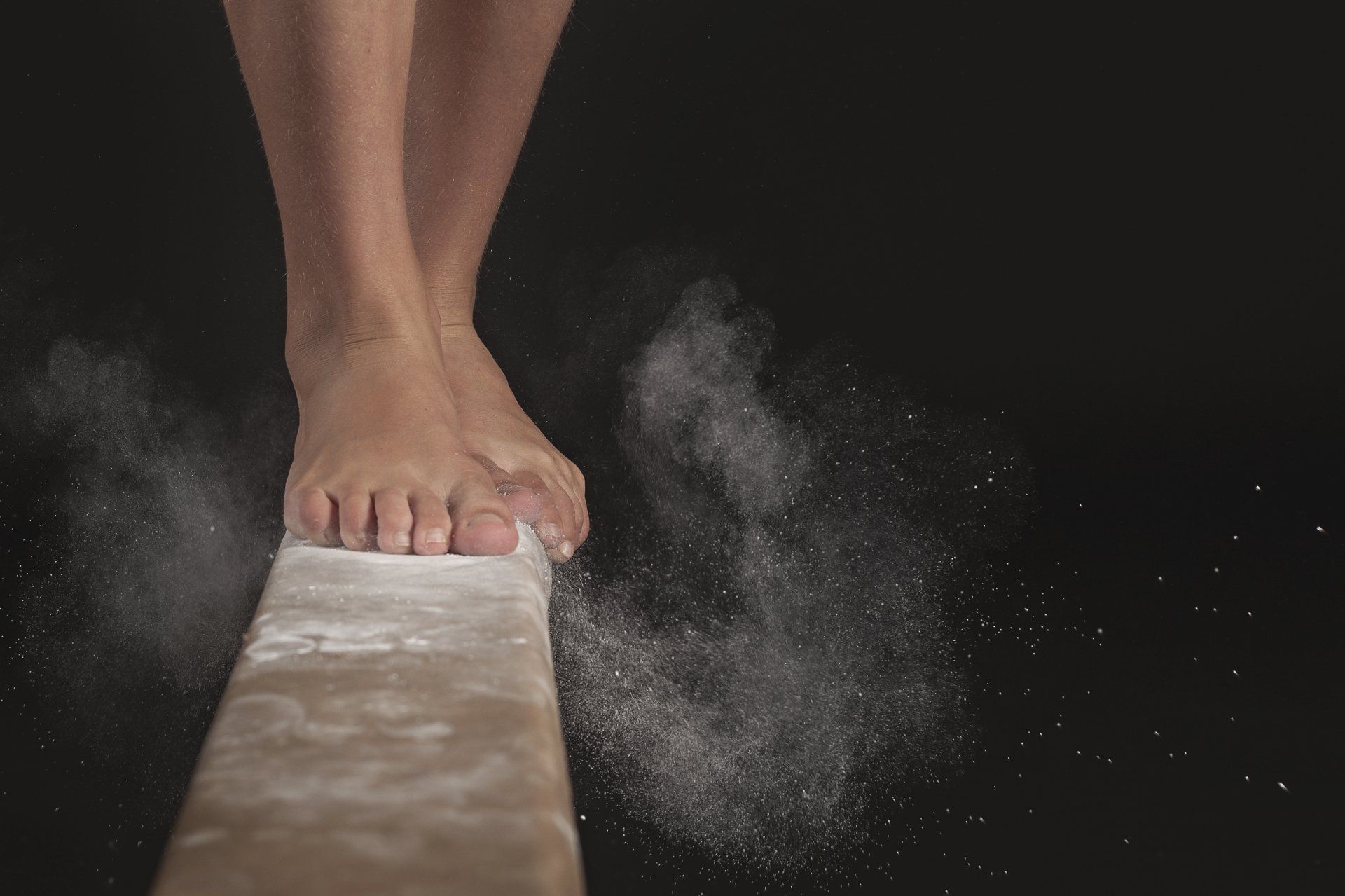Use your FSA or HSA Dollars on all Chiropractic Services
Sports & Foot Conditions
Dr. Steve Goldschmidt is
Certified in Chiropractor Foot Care (CCFC)
Every sport has its risks of its players getting hurt. Whether it is football or weightlifting, the potential injuries are vast and many can be treated at our facility so that you can get back in the game. A few examples of injuries we can help with are:
- Spinal Injuries
- Plantar Fasciitis
- Running related injuries and weaknesses
- Neuropathy
- Orthotics
- Carpal Tunnel
- Fibula Derangement
- Pronation/Supination related injuries
- Sprains and Strains
- Shoulders, Wrists, Knees and other Extremities
- Bunions
- Heel Lifts
- Tennis Elbow/ Epicondylitis
- Rotator Cuff Injuries
Foot Pain and Related Injuries
We focus on foot related pains and injuries with emphasis on foot support utilizing orthotics and heel lifts. We have helped countless runners, dancers, hikers, and many other kinds of athletes who have been benched by an injury that prevents them from doing the things they love. If you or someone you know is injured in this way, we want to help! Dr.Steve has over 40 years experience and has treated major sports figures to world renown ballet dancers.
CUSTOM ORTHOTICS AND HEeL LIFTS
Whenever you run, walk or stand, your feet form the foundation of your body. Sometimes, though, the shape of your foot or an injury can affect the angle at which your foot strikes the ground. If severe enough, this can cause pain in the foot, as well as in the legs, low back and other areas of the body. Sometimes just a slight shortening of a leg can manifest itself into many other structural or physical problems. That’s where custom orthotics and heel lifts can come in and not only relieve the pain, but LITERALLY get you back on your feet! Click below to learn more!
WHAT IS FOOT LEVELER AND HOW DOES IT HELP?
The Pronated (Flat) Foot
When a foot is severely pronated, or flat, it means its arches have fallen. Flat feet are less shock-absorbent and make for a less stable “base” for everything above: bones, muscles, ligaments and tendons throughout the body.
Feet are the body’s foundation. Flat feet can cause serious problems all the way up the Kinetic Chain. Because pronation shifts the body out of its natural alignment, patients may experience aches and pains in the feet, knees, hips, neck and/or spine. Flat feet can also lead to injury and problems like shin splints, Achilles tendinitis and plantar fasciitis. Women with flat feet are 50% more likely than those without to have low back pain.
Biomechanical problems also exist when one arch is lower than the other, creating asymmetry. The pelvis may drop slightly as the leg’s support structure—the foot—drops. The body may lean slightly to the side. The muscles and tendons must work harder, yet less efficiently, to “make up” for the imbalance.
Up to 1/3 of your patients may suffer from flat feet.
Some of the most common causes of flat feet are:
- Stress over time of everyday activity; walking, standing
- Injury (stretched/torn ligaments, broken bones)
- Birth abnormality
- Health conditions, such as rheumatoid arthritis
- Nerve problems
factors include:
- Obesity
- Diabetes
- Aging
- Pregnancy
Causes of Flat Feet
The connective tissue or plantar fascia on the underside of the foot is critical to maintaining the foot’s healthy arched shape. Injury and certain health conditions can cause the fascia to stretch out and flatten, but so can everyday, ongoing stressors like walking and standing. In fact, repetitive, low impact force over time can be just as devastating as a sudden, high impact force, like injury—meaning every patient is at risk for flattened feet. Once the fascia stretches out, it is unable to “spring back.” With the foot structure flattened, the body’s very foundation is in trouble.
Treatment
- Extremity adjusting to endure proper positioning of bones and joints.
- Have your patients wear functional orthotics in every pair of shoes; these provide support and comfort for flat feet, while helping to control excessive pronation.
- Functional orthotics also help lift and position the foot to create health arches.
Foot Levelers recommends the FootWheel™ and THERA-CISER® to stretch and strengthen the bottom of patients’ feet
Browse Our Website
Contact Information
Phone: (763) 324-7973
Email: goldhealingcenter@gmail.com
Address: 5851 Duluth St, Suite 316 Minneapolis, MN 55422
Business Hours
- Monday
- -
- Tuesday
- -
- Wednesday
- -
- Thursday
- -
- Friday
- -
- Sat - Sun
- Closed
Other Hours Available by Appointment Only

